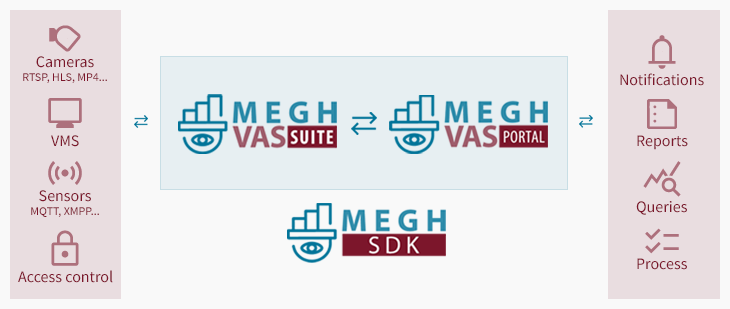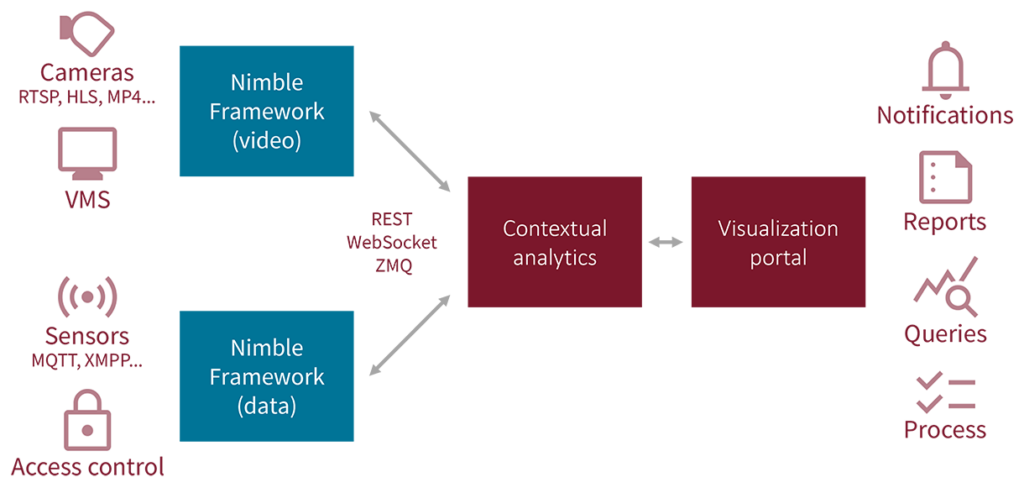Contextual analytics refers to the use of data analytics methods that take into account the setting in which data is generated, collected, and analyzed. The goal is to provide a more complete and accurate understanding of the data by considering the context in which it was created.
In the field of customer behavior analysis, for example, contextual analytics might consider factors such as the time of day, location, and weather conditions when a customer makes a purchase. This information can be used to better understand how this decision was influenced by the environment.
Contextual analytics can also be used in the security industry, where context can play a critical role in understanding data. For example, it can consider information derived from sensors and cameras to determine whether a person entering a room is a routine event (i.e., the person is authorized to enter) or an anomaly that requires immediate attention (i.e., an intruder). The security system may receive data from multiple sensors to detect an intruder. By analyzing the contextual information from each sensor, the system can provide a single notification to security personnel that includes all relevant information, such as the location and type of intruder, enabling them to respond quickly and effectively.
Megh Computing recently introduced a contextual analytics framework as part of its Open Analytics platform to support these kinds of use cases. The framework is implemented across VAS Suite and VAS Portal components as shown below. Streaming data from cameras and sensors are ingested on the same platform and processed to generate notifications and reports based on particular queries that provide actionable insights.

VAS Suite supports ingesting streaming data from cameras, sensors, and other devices, normalizing the data for storage in real-time databases and performing analytics on the individual streams to determine particular events using the Nimble Framework. VAS Portal supports an engine implementing the contextual rules for alerts, which can be based on a combination of events across streams. This contextual analytics engine supports a combination of machine learning and statistical methods, such as regression analysis and decision trees, to define the contextual rules. This is followed by powerful data visualization techniques based on queries. The result is a more nuanced understanding of the data that can help organizations make more informed decisions and take more effective action.

Megh’s contextual analytics framework unlocks new insights from existing cameras and sensors, providing a new level of intelligence and efficiency for organizations. The solution helps organizations optimize their operations and reduce costs by providing valuable predictive insights and identifying correlated events and their relationship to desired outcomes. This approach to contextual analytics helps to reduce risk by providing a comprehensive view of the situation, enabling faster and more informed decision-making.

